Author: Jason Cipriani
From store-bought to fresh-pressed, there are a number of ways brewers can turn sweet juice into delicious hard cider, each coming with its own share of quirks and steps. Around the holidays, my wife asked me to make some sort of holiday themed hard cider that we could serve to family we would be spending time with.
I’d made a few batches of cider from kits I found at my local homebrew shops as well as with fresh juice a local cidery was kind enough to share, so I was familiar with the process. The real goal was to doctor it up such that it would please the palates of our holiday guests.
| Making Cranberry Ginger Hard Cider |
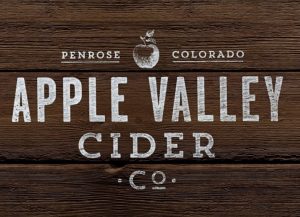 When I think of the holidays, ginger and cranberries come to mind, so I knew I’d have to incorporate those flavors. Unable to decide if I should go with store-bought juice or something else, I sought the advice of my friend, Kevin Williams, who’s in the process of opening Apple Valley Cider Company in Penrose, CO to seek his advice. Nice guy that he is, Kevin offered to give me some extra Tree Top apple juice concentrate he had lying around.
When I think of the holidays, ginger and cranberries come to mind, so I knew I’d have to incorporate those flavors. Unable to decide if I should go with store-bought juice or something else, I sought the advice of my friend, Kevin Williams, who’s in the process of opening Apple Valley Cider Company in Penrose, CO to seek his advice. Nice guy that he is, Kevin offered to give me some extra Tree Top apple juice concentrate he had lying around.
INGREDIENTS
96oz Tree Top apple juice concentrate
4 oz of fresh ginger
12 oz fresh cranberries
14 oz can whole berry cranberry sauce
25g Ciderferm nutrient blend
2.25g Potassium Sorbate
1g Potassium Metabisulfate
1 can Imperial Yeast Flagship A01
PROCESS
One of the best parts about making hard cider is the lack of equipment required. I started off by simply combining 0.5 gallons/1.9 liters of apple juice concentrate with 2.25 gallons/8.5 liters of water in a sanitized bucket.
After giving the mixture a good stir with a sanitized spoon, I stole a sample for a hydrometer measurement. I was aiming for around 1.065 OG and wound up at 1.068 OG, which I figured I’d just let ride.
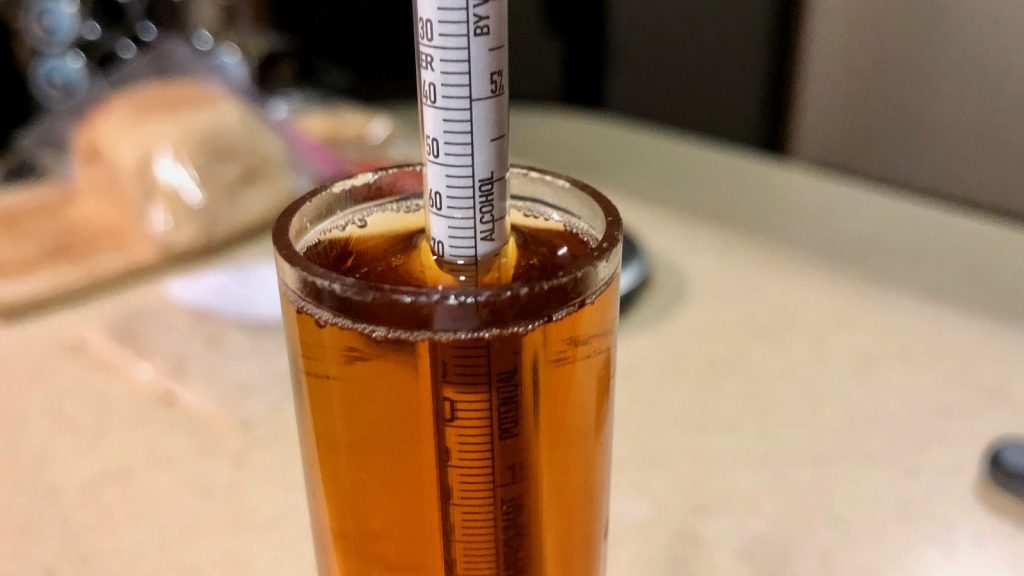
Next, I weighed out about half of the Ciderferm nutrient for the batch and added it to the must.
I then pitched a can of Imperial Yeast A01 Flagship.
With my fermentation chamber full of xBmt beers, I placed the cider bucket in a room that maintains a consistent 68°F/20°C. I noticed airlock activity within 12 hours and after a full 2 days of fermentation, I added the remaining Ciderferm nutrient to give the yeast an additional boost. Noticing diminished airlock activity 2 weeks later, I took a hydrometer measurement that showed the cider was at 1.003 FG.

To ensure the yeast were conked out, I weighed out and added the potassium sorbate and potassium metabisulfite.
My wife and I tend to like a cider that’s on the drier side, so rather than backsweetening with the leftover apple juice concentrate, I used about 10 oz/296 mL to boil the cranberries and chopped ginger in.
I stirred the mixture with the heat on low for about 10 minutes, just long enough to break up the cranberries and infuse the ginger into the mixture. I then poured it through a sanitized strainer to separate the liquid from the solids.
I added the sweet liquid to a sanitized 2.5 gallon Torpedo keg then racked the fermented hard cider on top of it.
The filled keg was placed in my cool keezer where I left it to cold crash for a couple days before commencing with burst carbonation. Once reducing the gas to serving pressure and letting it condition for a few more days, I sampled the cider and was largely unimpressed with the flavor. In an attempt at a remedy, I simmered 2 oz/57 g of fresh ginger in a can of whole cranberry sauce, strained it as before, then added the resultant liquid directly to the keg. Following a few more days of conditioning, the cider was well carbonated and ready to drink.
| IMPRESSIONS |
While my initial tasting of this cranberry ginger hard cider left much to be desired, I was quite pleased with the results after my post-hoc doctoring. While the ginger was noticeable, it wasn’t as strong as I’d hoped for, but the cider had a very pleasant cranberry tartness that wasn’t to the point of making my lips pucker.
If I were to make this cider again, I might scale back the amount of cranberry to let the ginger come through a bit more, as 4 oz of fresh grated ginger in a 2.5 gallon batch should have been damn near overwhelming rather than the undertone it was. There’s something about the spiciness ginger adds to hard cider I find incredibly appealing, but it just wasn’t quite there in this batch.
With that said, it was still delicious! And I wasn’t the only one who thought so, it hit the mark for the many friends and family members who drank it over the holidays as well. My wife, Jaime, gave the following review:
I taste mostly apple and sweetness from the cranberry, with a slight kick from the ginger’s spice at the end. It’s not overly dry, but rather subtly semi-sweet. I like this a lot. It’s yummy!
The only reason the keg didn’t kick sooner than it did is because I wanted to have some available while piecing together this article. With that out of the way– bottoms up!
If you enjoyed this, you might also like…
Sparkling Hard Berry Cider
Dry Hopped Hard Cider
How To Make A Simple Hard Cider
If you have any thoughts about this Brü It Yourself, please share them in the comments section below!
Support Brülosophy In Style!
All designs are available in various colors and sizes on Amazon!
Follow Brülosophy on:
FACEBOOK | TWITTER | INSTAGRAM
If you enjoy this stuff and feel compelled to support Brulosophy.com, please check out our Support page for details on how you can very easily do so. Thanks!

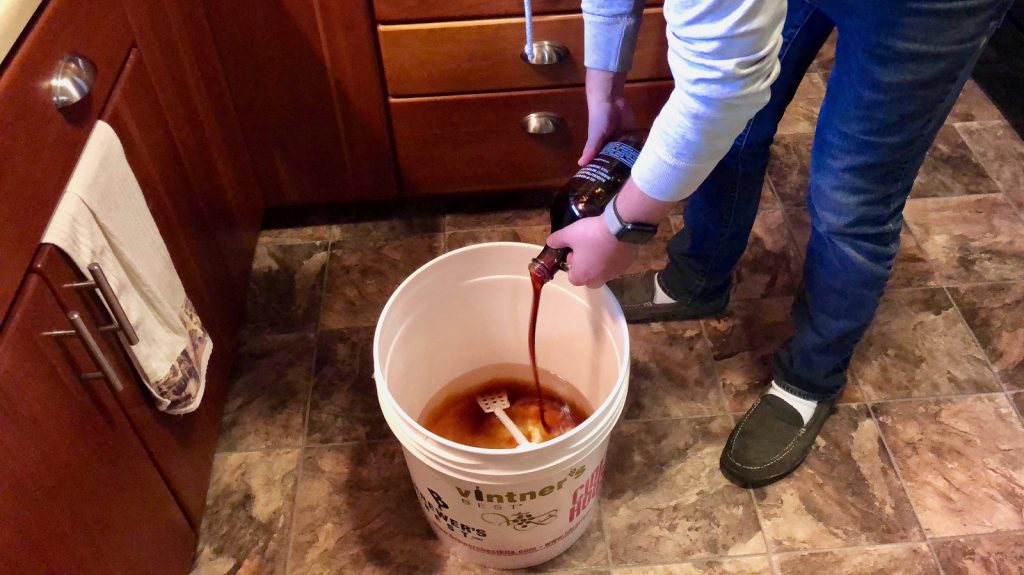
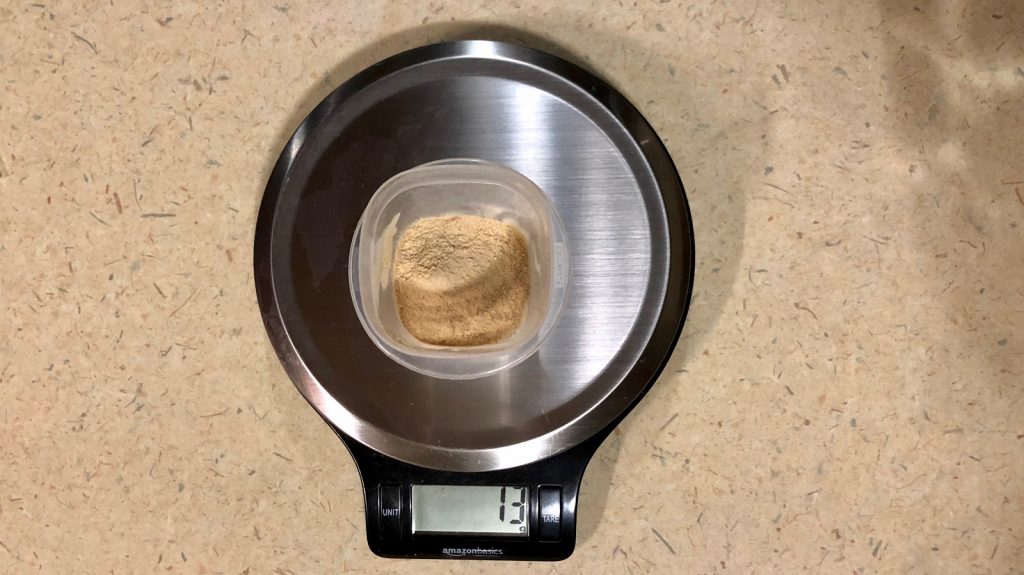
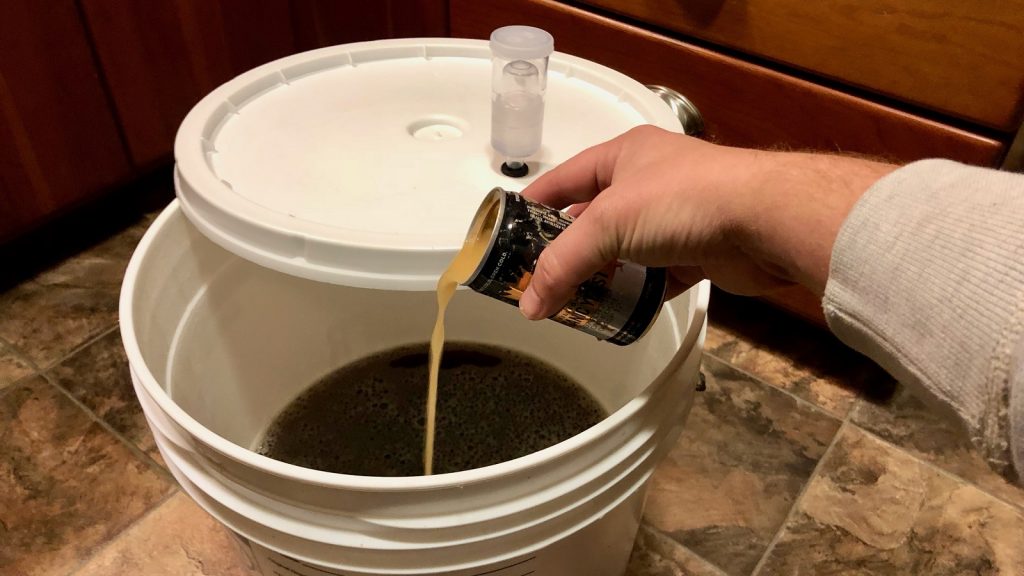
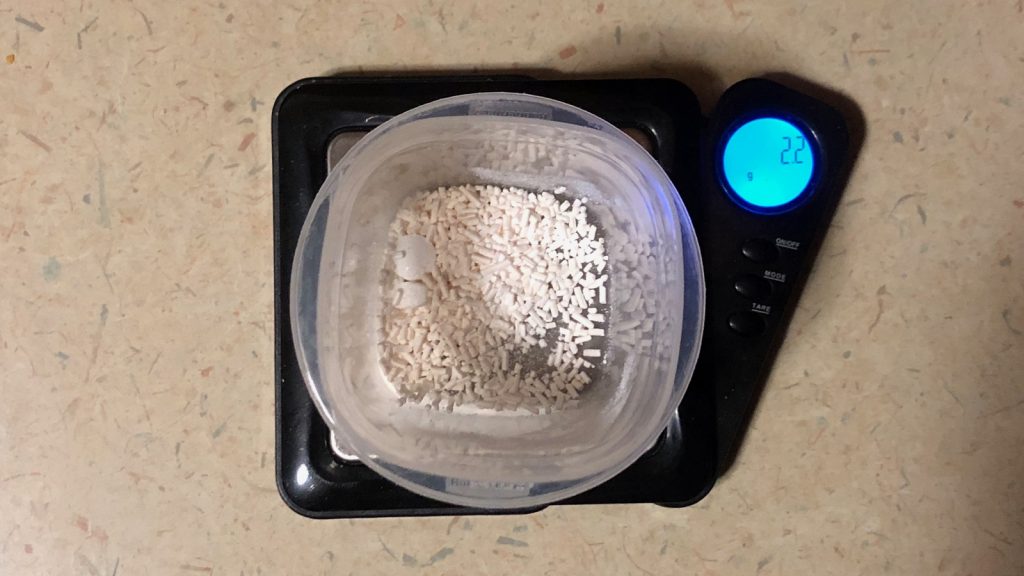

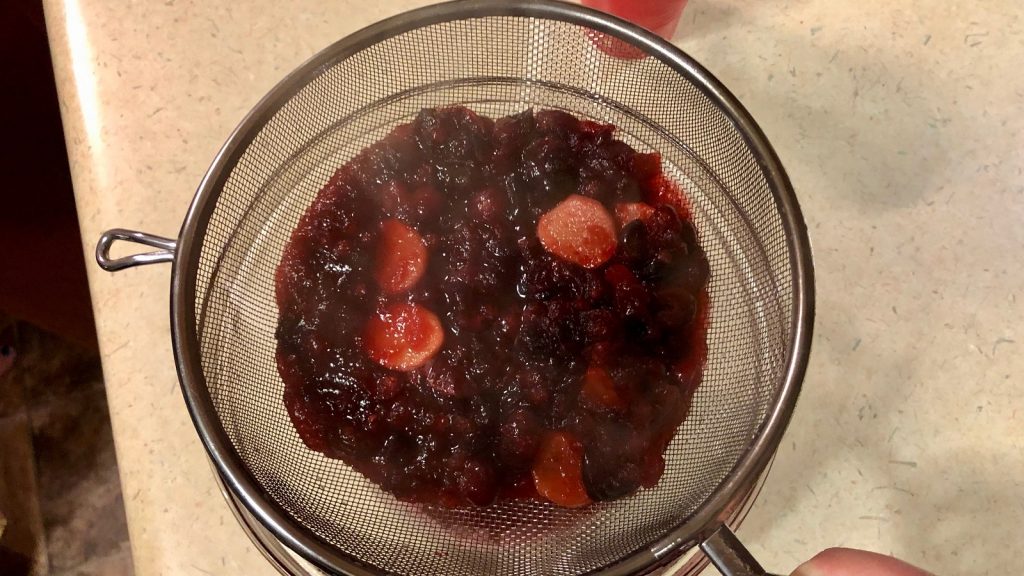
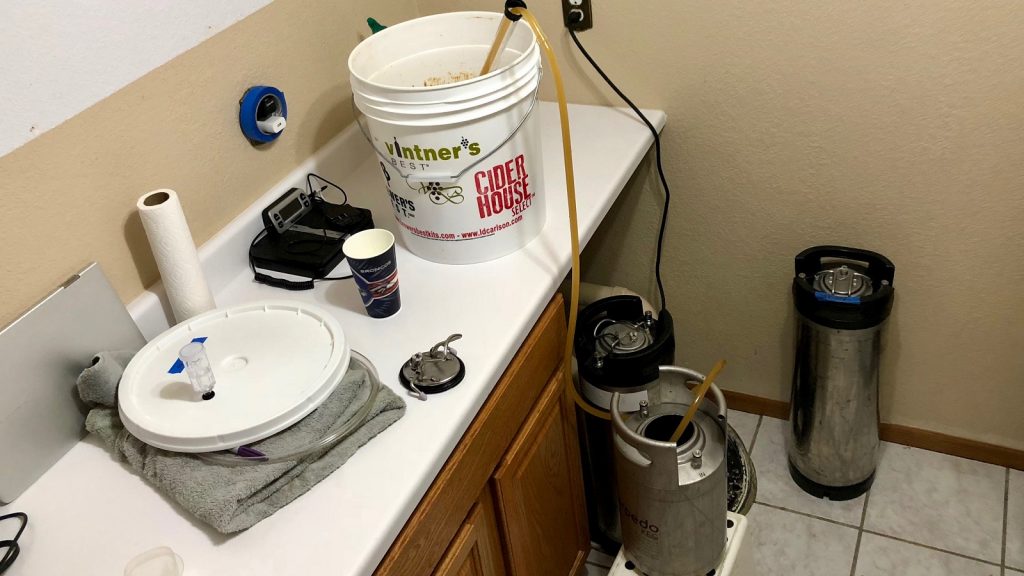






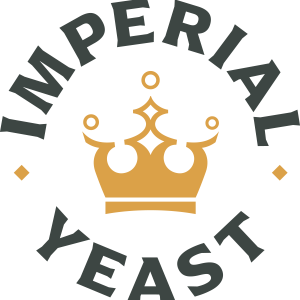




10 thoughts on “Brü It Yourself | Cranberry Ginger Hard Cider”
Are you adding the potassium sorbate and potassium metabisulfite at the same time? I thought that if you didn’t wait 24hrs between the two you would end up with a beverage that tasted like Geraniums?
I added them at the same time, as I’ve usually done and haven’t noticed any weird flavors.
This may be urban legend, but I have always been told that the compliment each other/work better when added at the same time. So I have always done them at the same time as well. I don’t know why they would make a Geranium flavor. Never heard that one.
Interesting. I heard about this on an episode of Basic Brewing. I searched around and all I could find online said to never NOT use them together. Especially in wines that have gone under malo-lactic fermentation. And it’s actually the MLF along with sorbate (w/o sulfite) that causes the Gerianol to form causing the Geranium smell.
The ginger really wasn’t handled properly here. Stem ginger is the way to go for this to bring out the flavor. Start with a pound of ginger. Peel and cut into slices. Boil for 5 minutes, drain, repeat 2 more times. Finally make a simple syrup and boil the ginger until you get a honey color. Cool and store in a sanitized jar.
The resulting syrup and ginger will have all the flavor your expecting from ginger without the harsh bite. Add the syrup at high krausen.
Sound advice! To be clear, I have used ginger in a cider before using a similar method that I used for this one and it turned out fine. I’ll give your method a shot the next I’m adding some ginger to, well, a beer or cider.
I spent a couple of months trying to perfect a ginger beer recipe when I started to dabble in soda making. I found that I got the most flavor and warmth out of fresh ginger root when I kept it at a bare simmer for an hour.
I also think that your ginger dose was pretty low. For a strong, flavorful soda I use 100g of fresh ginger per liter, which would works out to a full kilo for a 10 liter (2.5 gallon) batch. Obviously, your not going for the level of intensity I like in a ginger beer, but 4 ounces is still pretty low for a batch this size, IME. I’m thinking 8-12 ounces, diced fine and simmered will probably get you a lot closer to what you’re targeting.
Gotta say, I love this series. I’m in the same boat of having non-beer drinkers in the house and these cider recipes are a nice bonus… keep it up!
Question. Our local mega mart Apple juice has vitamin C added to it. The Aldi brand does not have anything added to it. Mega mart is about $1/gal. cheaper. Is there an issue using the vitamin C added juice?
No issues with Vitamin C, which is often listed as ascorbic acid. It’ll ferment just fine.
You just don’t wany any sulfites in the juice.